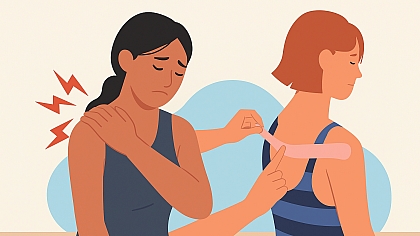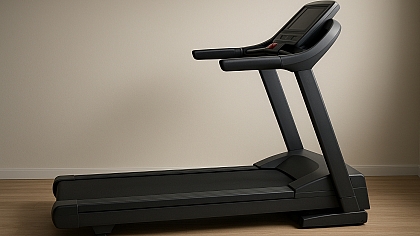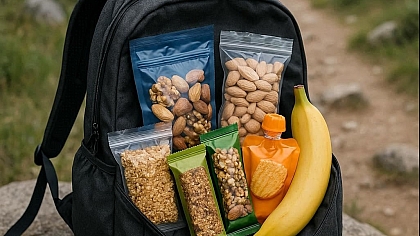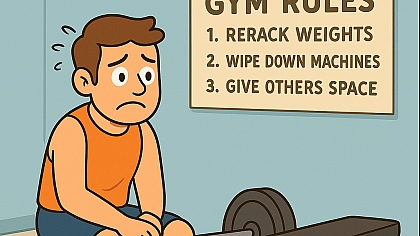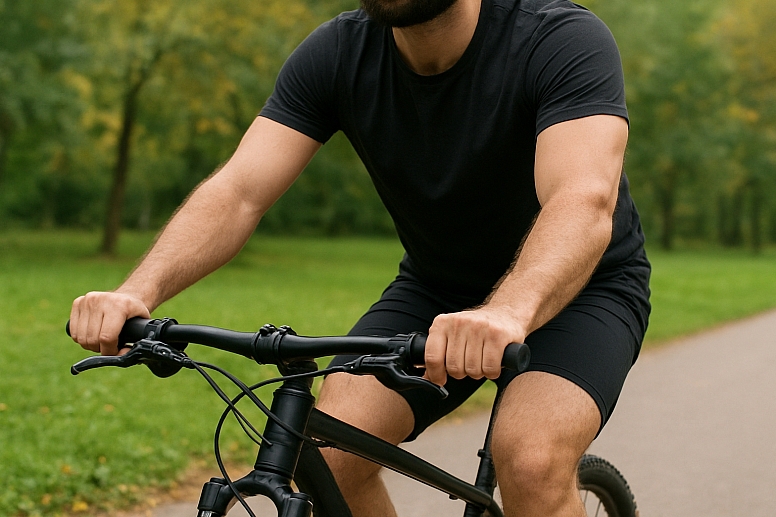
Cycling for Weight Loss vs. Strength Building
Pedal Your Way to Different Goals
Cycling is a powerful tool for transforming your body, but your approach must change based on your goal. Riding to lose weight requires a different strategy than riding to build strength and power. Understanding the difference helps you structure your rides, manage your effort, and see the results you want. Both paths improve your health, but they do it in distinct ways.
The Foundation: How Cycling Works Your Body
Cycling is primarily a cardiovascular exercise. It elevates your heart rate, burns calories, and builds endurance in your leg muscles. However, you can manipulate variables like intensity, duration, and terrain to shift the focus from pure calorie burn to muscular development.
Cycling for Weight Loss: The Calorie Deficit Engine
The principle behind weight loss is simple: burn more calories than you consume. Cycling is exceptionally good at creating this calorie deficit because it allows you to burn a high number of calories with relatively low impact on your joints.
Key Strategies for Weight Loss:
- Focus on Duration and Consistency: The total number of calories you burn is heavily influenced by how long you ride. A longer, steady ride will often burn more total calories than a short, intense one. Aim for consistency—regular rides throughout the week are more effective than one massive ride on the weekend.
- Prioritize Zone 2 Training: This means riding at a moderate pace where you can still hold a conversation. In this zone, your body primarily uses fat stores for fuel. While higher intensities burn more calories per minute, you can sustain a Zone 2 effort for much longer, leading to greater total fat burn.
- Add Hills for Efficiency: Incorporating hills into your route naturally increases intensity and calorie burn without requiring you to constantly monitor your speed.
- Consider Fasted Cardio: Some riders have success with a short, easy-to-moderate ride first thing in the morning before eating. This may encourage the body to tap into fat reserves. Important: Keep intensity low and hydrate well.
The Weight Loss Rider's Week:
- 2-3 longer rides (45-90 minutes) at a steady, conversational pace.
- 1 ride that includes rolling hills.
- Focus: Total time in the saddle, enjoyment, and consistency.
Cycling for Strength Building: The Power Generator
Building strength on the bike is about increasing the power you can output with each pedal stroke. This means making your muscles work against high resistance, which causes micro-tears that then repair to become stronger. This is not about building massive bodybuilder muscles but about developing powerful, efficient legs.
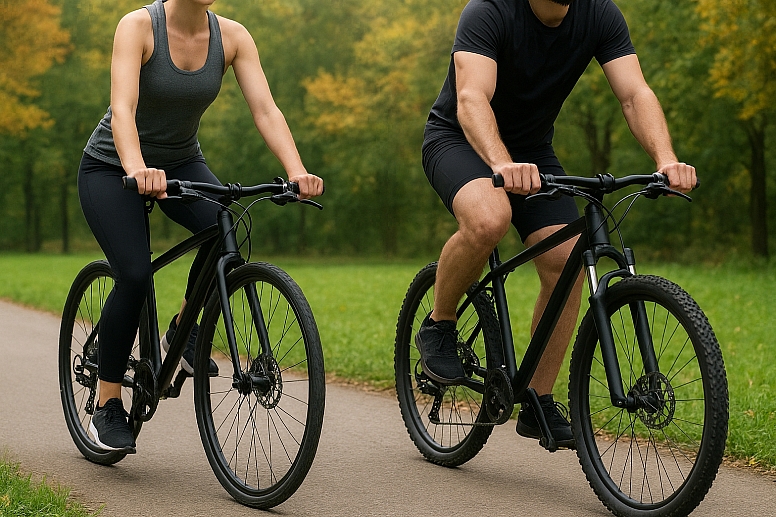
Key Strategies for Strength Building:
- Embrace Resistance: Strength comes from pushing against a challenging gear. This means spending time on steep hills or using your gears to simulate a hill on flat ground by pedaling in a harder gear at a slower cadence (e.g., 60-70 RPM).
- Implement Interval Training: Short, intense bursts of effort are the cornerstone of building cycling power.
- Hill Repeats: Find a steep hill. Ride up it at a high intensity, recover by riding back down, and repeat.
- Sprints: On a flat, safe stretch of road, get out of the saddle and sprint all-out for 20-30 seconds. Recover fully and repeat.
- Recovery is Non-Negotiable: Strength is built during the recovery period after a hard workout. Always follow a high-intensity day with an easy recovery ride or a day off. Without adequate recovery, you will not get stronger and risk injury.
- Fuel for Power: Unlike fasted cardio for weight loss, you need energy for strength workouts. Eat a small carbohydrate-rich snack 60-90 minutes before an intense interval session to perform your best.
The Strength Builder's Week:
- 1-2 high-intensity interval sessions (e.g., hill repeats, sprints). Keep these workouts shorter (30-60 minutes).
- 1-2 recovery rides at a very easy pace to promote blood flow.
- Focus: Quality of effort over quantity of miles.
Choosing Your Path: A Quick Comparison
| Aspect | Weight Loss Focus | Strength Building Focus |
|---|---|---|
| Primary Goal | Create a calorie deficit | Increase muscular power output |
| Ride Intensity | Moderate (Zone 2) | Very High (Intervals) |
| Ride Duration | Longer (45-90+ minutes) | Shorter (30-60 minutes) |
| Key Terrain | Flat to rolling hills | Steep hills |
| Cadence | Higher (80-100 RPM) | Lower (60-70 RPM in a hard gear) |
| Nutrition Approach | Focus on overall deficit | Fuel before intense efforts |
| Best For | Sustainable calorie burn, improving endurance | Building power, speed, and climbing ability |
The Best Outcome: A Combined Approach
You do not have to choose one forever. Many cyclists periodize their training, focusing on a base of endurance and weight management in the off-season before incorporating strength and power intervals as their target events approach. Even alternating your focus weekly can provide comprehensive fitness benefits.
Your Bike is Your Tool
Whether you want to shed pounds or crush climbs, your bicycle is the vehicle to get you there. The key is to be intentional. Simply riding will make you healthier, but tailoring your rides to a specific goal will deliver the specific results you are looking for.
Adjust your gears, adjust your effort, and watch your body adapt.
Frequently Asked Questions
Will cycling make my legs bulky? For most people, no. Cycling builds lean, defined muscle, not large bulk. The cardiovascular nature of the sport tends to create a toned physique rather than a massive one. Significant muscle size gain requires heavy weightlifting and a specific diet.
Can I lose weight and build strength at the same time? It is challenging to optimize for both simultaneously, especially for beginners. It is often more effective to focus on one primary goal for a period (e.g., 6-8 weeks) before shifting focus. However, new riders will often see improvements in both areas initially.
Is indoor cycling effective for these goals? Yes. Indoor trainers and stationary bikes are excellent tools. You can precisely control resistance for strength efforts and easily complete structured interval workouts without traffic interruptions.
How important is nutrition compared to cycling? Extremely important. For weight loss, nutrition governs your calorie deficit. For strength, nutrition provides the fuel for performance and the building blocks for recovery. You cannot out-cycle a poor diet.

